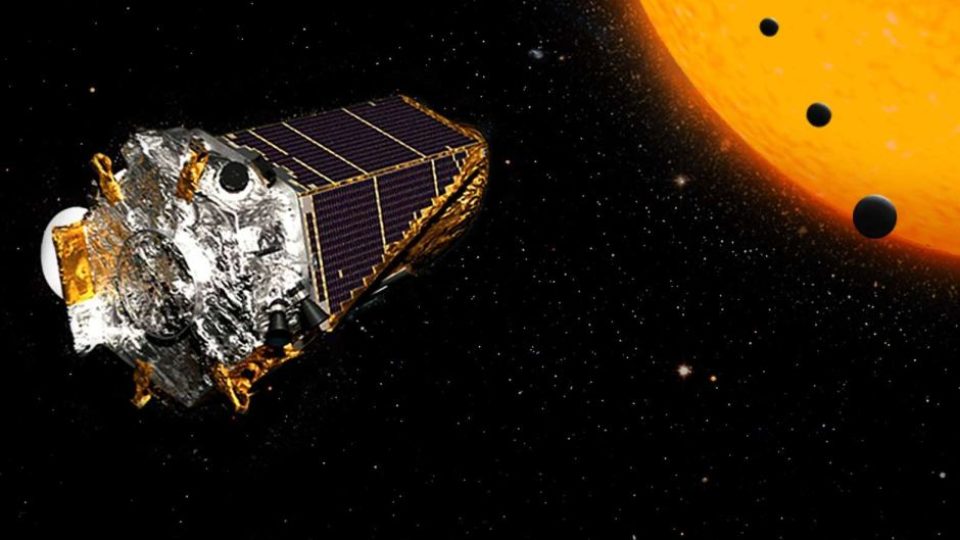NASA retires planet hunter Kepler space telescope after it runs out of fuel a decade after launch
Wed 31 Oct 2018, 17:27:39

The National Aeronautics and Space Administration will be putting an end to the Kepler space telescope’s operations after almost a decade, the agency announced on Tuesday. “NASA’s Kepler space telescope has run out of fuel needed for further science operations,” it said. “NASA has decided to retire the spacecraft within its current, safe orbit, away from Earth.”
The unmanned space telescope, launched in March 2009, helped to discover more than 2,600 planets, some of which may hold life, said agency officials. “When we started conceiving this mission 35 years ago, we didn’t know of a single planet outside our solar system,” said the mission’s founding principal investigator William Borucki. “Now that we know planets are everywhere, Kepler has set us on a new course that’s full of promise for future generations to explore our galaxy.”
NASA
said that the most recent analysis of Kepler’s discoveries showed that 20% to 50% of the stars visible in the night sky are likely to have small planets similar in size to Earth, located within the habitable zone of their parent stars. This leads to the conclusion that the planets might be home to liquid water, pointing to the possibility of the existence of life forms.
said that the most recent analysis of Kepler’s discoveries showed that 20% to 50% of the stars visible in the night sky are likely to have small planets similar in size to Earth, located within the habitable zone of their parent stars. This leads to the conclusion that the planets might be home to liquid water, pointing to the possibility of the existence of life forms.
The telescope used the largest digital camera for outer space observations to estimate stellar brightness. Initially, it was used to study 1,50,000 stars in the Cygnus constellation. The telescope soon became the first NASA mission to detect Earth-size planets in the habitable zones of their stars.
The Kepler telescope will be succeeded by NASA’s newest planet hunter, the Transiting Exoplanet Survey Satellite, launched in April. The new spacecraft will focus on searching for nearby exoplanets.
No Comments For This Post, Be first to write a Comment.
Most viewed from International
Most viewed from World
AIMIM News
Latest Urdu News
Most Viewed
May 26, 2020
Do you think Canada-India relations will improve under New PM Mark Carney?
Latest Videos View All
Like Us
Home
About Us
Advertise With Us
All Polls
Epaper Archives
Privacy Policy
Contact Us
Download Etemaad App
© 2025 Etemaad Daily News, All Rights Reserved.



.jpg)






.jpg)
.jpg)








.jpg)
.jpg)
.jpg)
.jpg)
.jpg)

















